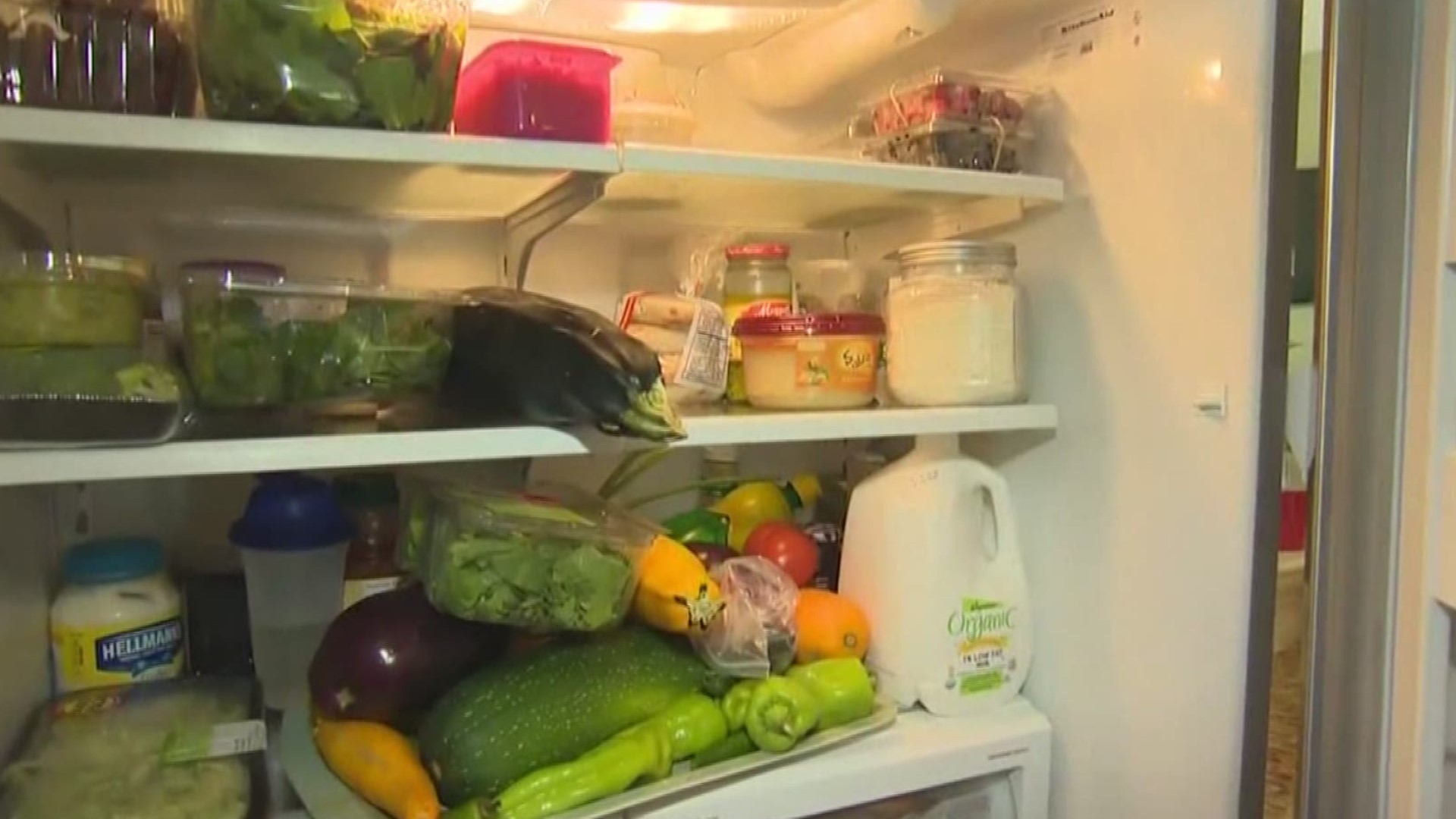ATLANTA — $161,000,000,000. That's the value of food we've wasted in the United States in 2010.
It's a staggering amount when you think about the number of families in need - and how much we waste week after week.
That's why several federal agencies are teaming up to end waste - at every step of the food production process.
11Alive’s Jennifer Bellamy explains how you can make a difference in your own home.
The Food and Drug Administration, Environmental Protection Agency and the Department of Agriculture are teaming up on the "Food and Waste Reduction Alliance" to cut down the amount of food wasted in our country.
The partnership among these agencies hope to reverse these high numbers, and instead, increase the amount of safe and nutritious food donated to those in need. And keep any waste that's unavoidable out of landfills.
That means education and outreach efforts for food manufacturers, retail, restaurant and food service industries aimed at preventing, recovering and recycling extra food.
The ultimate goal, set back in Sept. 2015 is to cut food waste in half by 2030.
Right now in the United States, more than one third of all available food goes uneaten through loss or waste with more than 75 billion pounds of food trashed each year, according to the government.
In fact, the FDA says it’s the single largest type of waste in our daily trash.
And when food is tossed out, so are opportunities for economic growth, healthier communities and environmental protection.
So why are we wasting so much food?
The USDA says it happens in every part of the process to get a meal to your table.
During production, food can spoil or be exposed to insects, rodents, mold and bacteria.
During the retail stage, waste can come from equipment malfunctions like a broken refrigerator, over-ordering and tossing out blemished produce.
And we as consumers contribute too.
SaveTheFood.com says a family of four loses at least $1500 a year on wasted food.
To avoid waste, the USDA suggests following the "food recovery hierarchy.”
The inverted pyramid outlines best practices, from not creating wasted food in the first place, to what to do if it's unavoidable, through donations to people, then animals.
Finding industrial uses for items like fat, oil and grease - to power devices - and composting to feed and nourish the soil - with your local landfill as the last resort.
We've created a guide to help you find ways to reduce food waste with your family and friends.
RESOURCES:

